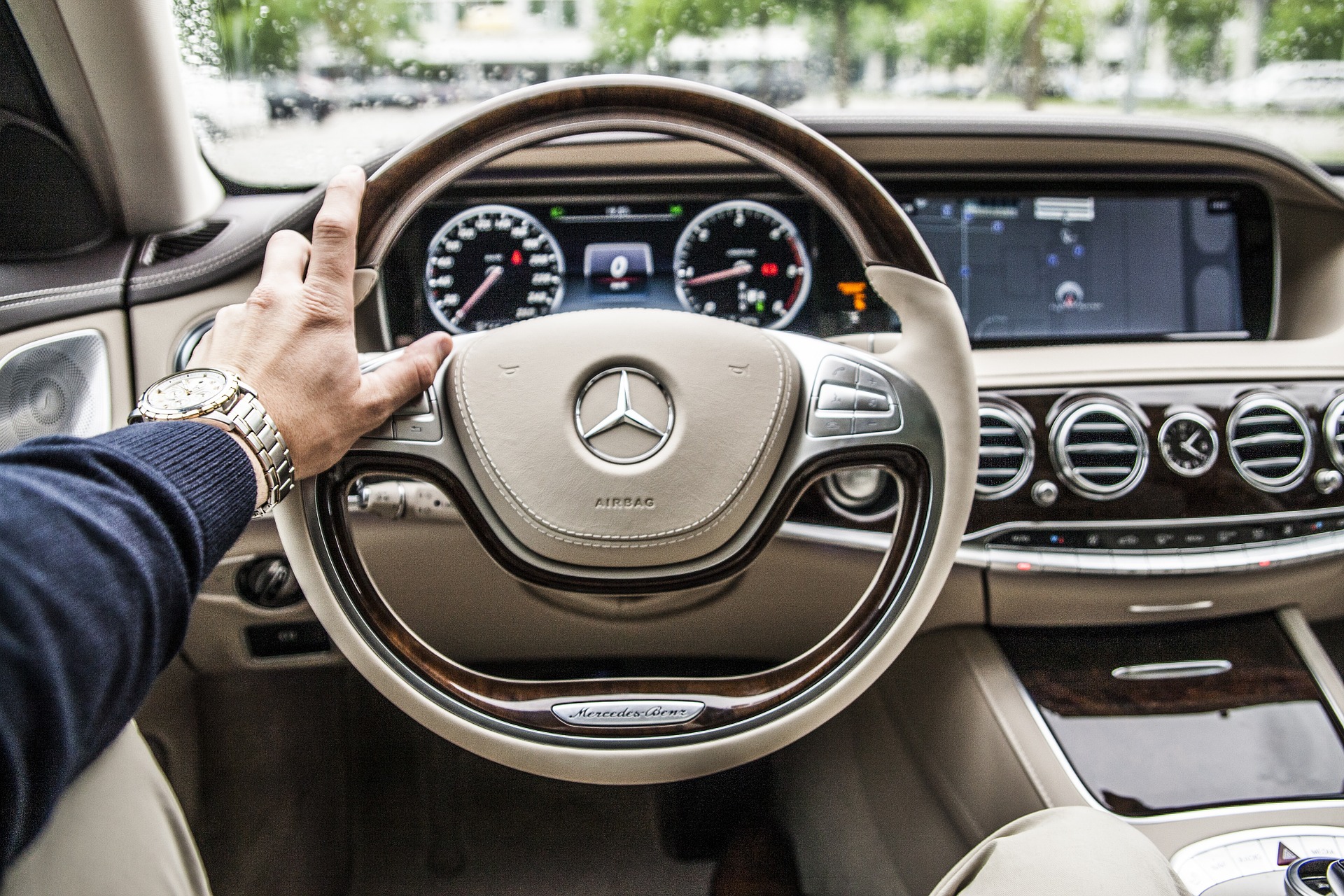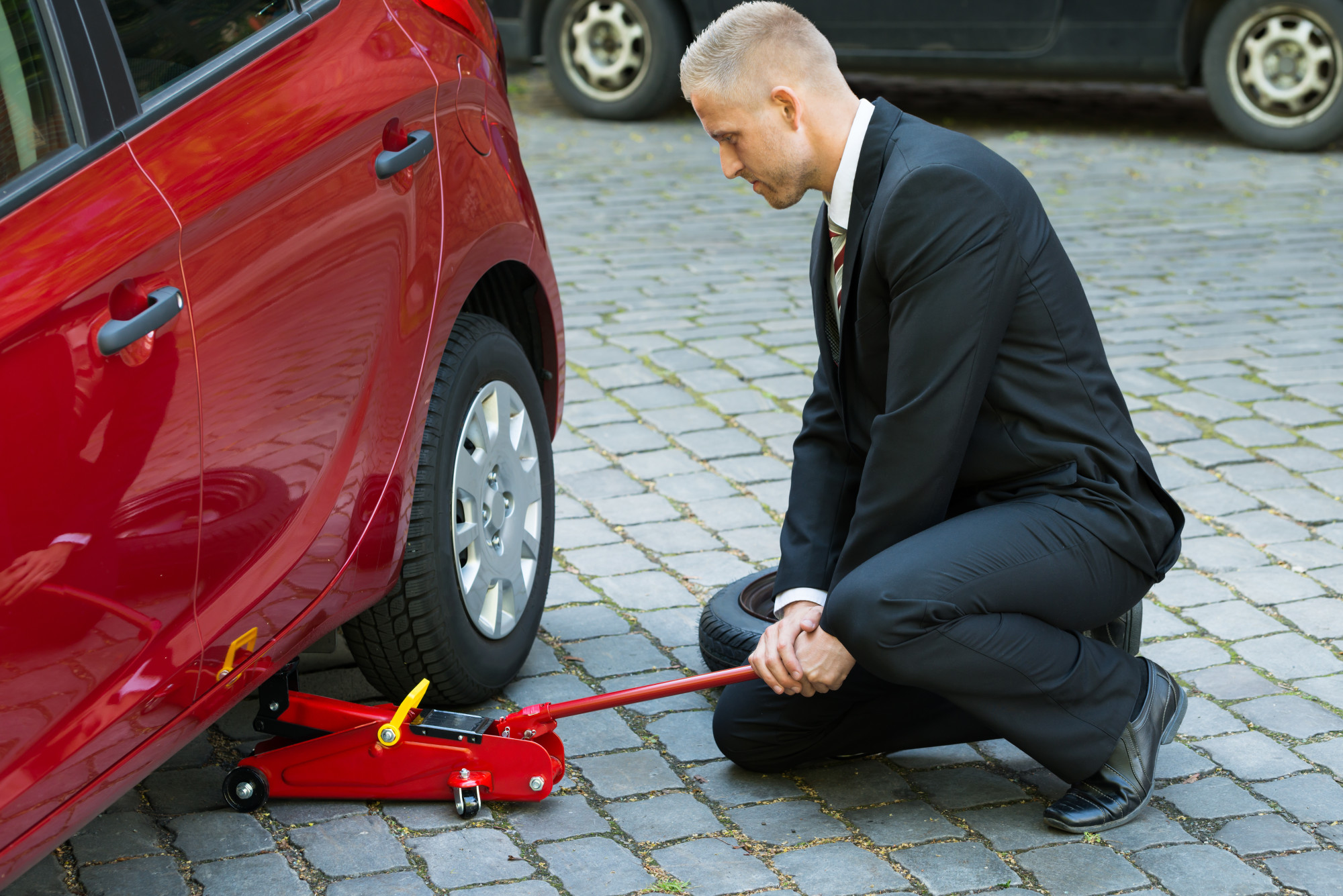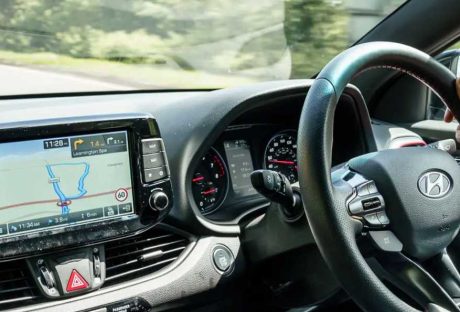Does your car’s battery always experience low battery power? For example, you have to buy something in convenience stores and bump you into a friend which you have enjoyed chatting with for hours, without even thinking that you forgot to turn off the lights of your car. Car battery can make things work properly in your favor. Surprisingly, you will find out that you can no longer start the car.
Well, you don’t need to purchase another battery to replace that. Yes! You’ve read that right! Even if it is low on power, the way you charge it can save you from spending more! There are ways that you can charge your car’s battery for better performance. However, you need to consult or read the manual instructions given for your battery and for the battery’s charger.
Now if you’re still confused after reading the manuals, you don’t have to worry a thing! We’ve got you covered! We have compiled all the necessary things you to do when charging your car’s battery. You can check them out below!
What Are the Things to Consider Before Charging Your Car Battery?
There are a lot of things that you have to consider before you can start charging your car battery. These are essential for you not to damage anything from the battery or the charger.
- Check the battery terminals if they are free from corrosions.
- If the battery is too dry, don’t charge it. You can just add water above the plates so that you charge them afterward.
- It would be best that your battery is not connected to the electrical system of your vehicle, to reduce the risk of overvoltage. So, if it is possible, remove or disconnect the battery from your car.
- You have to know well the battery’s positive and negative terminals to ensure that you are connecting the right charger leads.
- Check the user manual of your battery and the battery’s charger for more instructions.
How to Charge Your Car Battery?
1. Determine the Type of Battery:
You have to be sure about the type of battery you have for your car. For example, if your car is powered with start or stop technology, then you will be needing a smart charger. Surely there are a lot of conventional car chargers available on the market today, but they can not cater to all types of batteries. So, it is better to check the type of your battery first to avoid further damage.
2. Check Your Battery:
Once you’ve already determined the type of battery you have, it is now time to check your battery if they are free from dirt or corrosion. Your battery should be cleaned right before you charge them.
3. Detach Your Car Battery:
As mentioned above, it is your choice if you want to attach or detach your car’s battery to your while charging. However, we recommend best to detach your battery after you’ve cleaned them. Just don’t forget the things that might be reset if you detach your car’s battery.
The number one rule in detaching your battery is that the negative terminal must be disconnect first and connected last when you have to attach them back. Furthermore, you can disconnect the battery by loosening the bolt of the clamp and connect them back by tightening the bolt. Don’t forget this rule to avoid terrible shocks.
4. Connect the Charger:
In connecting the charger to your car’s battery, it will now be easy to connect the car’s battery to the charger using the clamp from negative to negative and positive to positive. Once you connect to the charger, you will no longer have to do anything other than wait for the battery to become full. Other chargers have an automatic function of disconnecting your car’s battery when fully charged.
Furthermore, you can check out the manual of your car’s battery and charger to check the required hours needed for charging. You can even use a Scondar connector designed for a great flow of current charges. You need to be extra careful in connecting the plugs so that it won’t turn out wrong which can further damage your car’s battery.
5. Follow the Manufacturer Instructions:
Last on our list is the checking and following of the manual or instructions given by the manufacturers. In this way, you can have total peace of mind in connecting your batteries for safe charging.
Conclusion:
Once you have a car, being expert and well-informed about car battery charging is very important! You only need to follow the comprehensive guide we have provided above on how to charge your car battery, and you will surely get back on the road well-prepared!
Read Also:
























